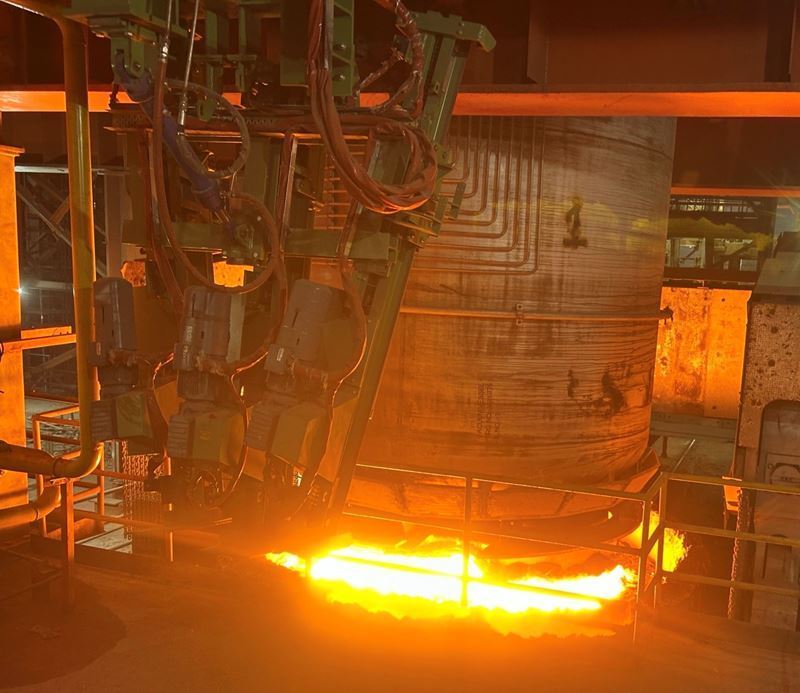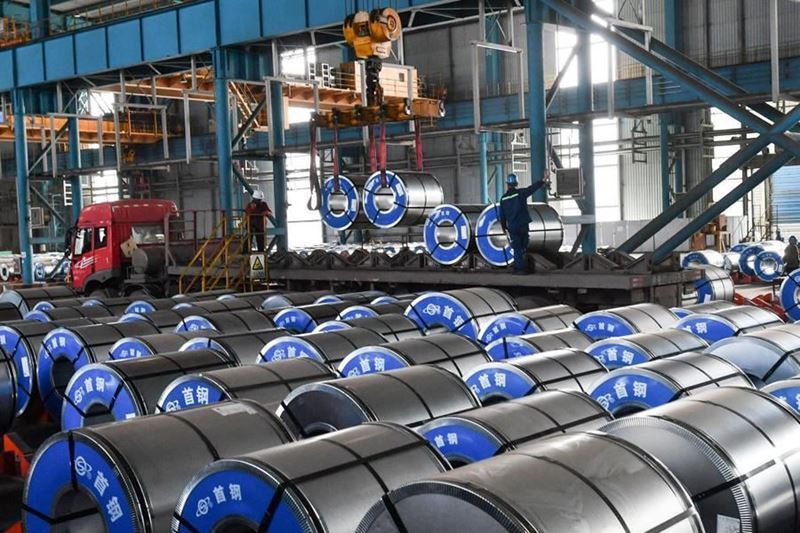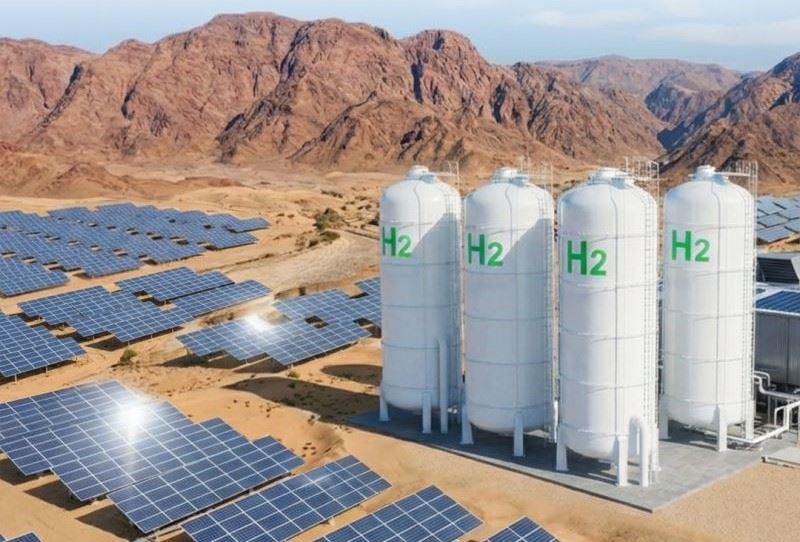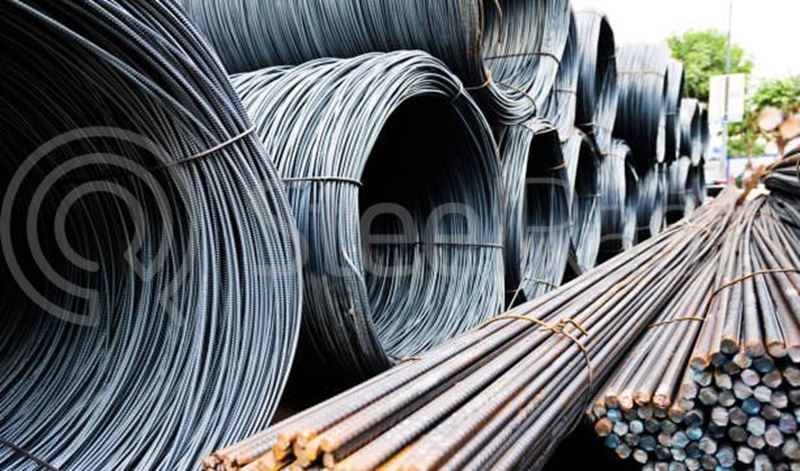Europe’s steel market at end of october: Prices rise, demand remains soft
As Europe approaches the final week of October, flat steel prices have shown a slight upward movement, although demand conditions have not supported a sustained increase.
Only premium +plus subscribers can access this content.
SUBSCRIBE now to share your thoughts on the markets and get more comments.








Comments
No comment yet.